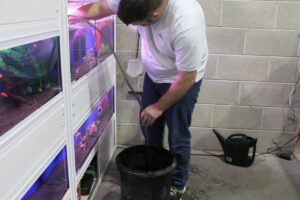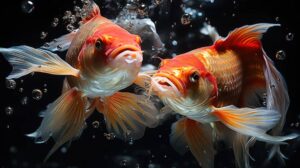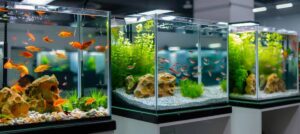The Pets Care Blog
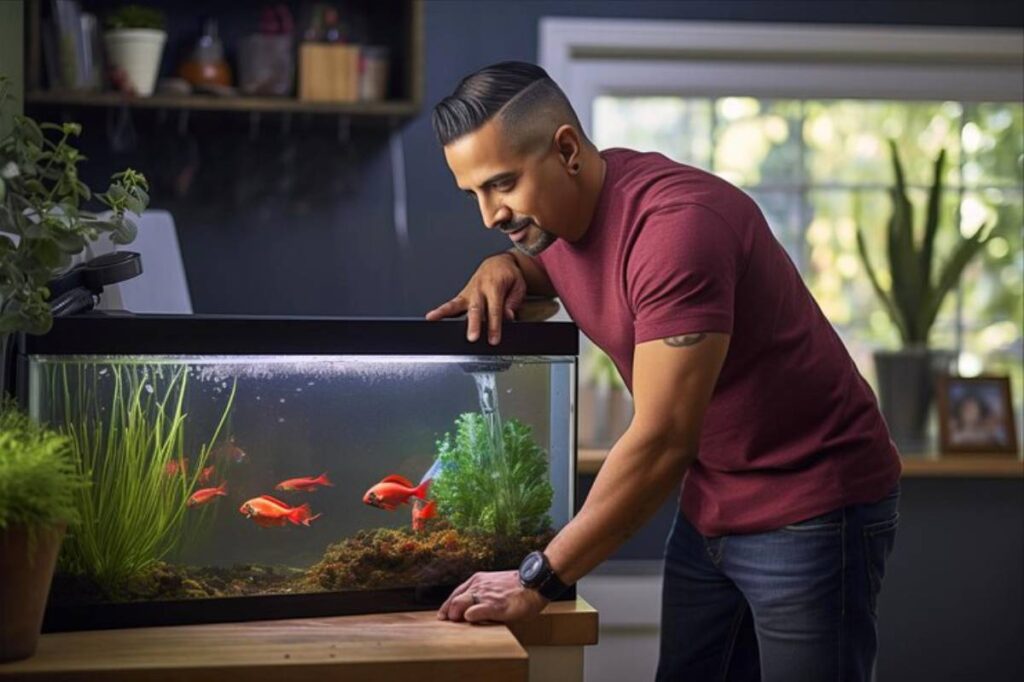
How to Cycle a New Aquarium the Right Way
If you’ve just purchased your first tank and are eager to add fish, pause for a moment. There’s a critical step that can mean the difference between thriving aquatic life and a tank disaster the nitrogen cycle.
Cycling your aquarium isn’t optional — it’s essential. A tank that hasn’t been properly cycled can turn toxic within days, exposing your fish to harmful ammonia and nitrites. This guide breaks down cycling a new aquarium into clear, manageable steps, helping you set the stage for long-term success.
Whether you’re setting up a freshwater community or a tropical paradise, understanding the nitrogen cycle setup is your gateway to safe, healthy fishkeeping.
What Does “Cycling” an Aquarium Mean?
Cycling refers to establishing beneficial bacteria in your tank that convert toxic fish waste into safer compounds. Without this process, waste builds up quickly, poisoning your fish.
The Nitrogen Cycle in Simple Terms:
- Ammonia (NH₃) is produced from fish waste, uneaten food, and decay — it’s highly toxic.
- Nitrosomonas bacteria convert ammonia into nitrite (NO₂⁻) — still toxic.
- Nitrobacter bacteria convert nitrite into nitrate (NO₃⁻) — far less harmful.
Once this cycle stabilises, your tank is biologically equipped to handle the presence of fish.
Important: Never introduce fish until ammonia and nitrite levels are at zero. That’s when the cycle is complete.
Why Cycling Matters Before Adding Fish
Imagine moving into a home with no plumbing or waste disposal. That’s what it’s like for fish entering an uncycled tank.
Consequences of Skipping the Cycle:
- Rapid fish deaths due to ammonia poisoning
- Cloudy water and foul odours
- Stress-related illnesses and infections
- Poor plant growth and unstable water parameters
Cycling takes patience, but it’s the best way to avoid heartbreak and vet bills.
Quick Guide: Nitrogen Cycle Setup Checklist
Keep this reference handy during your setup phase:
What You’ll Need:
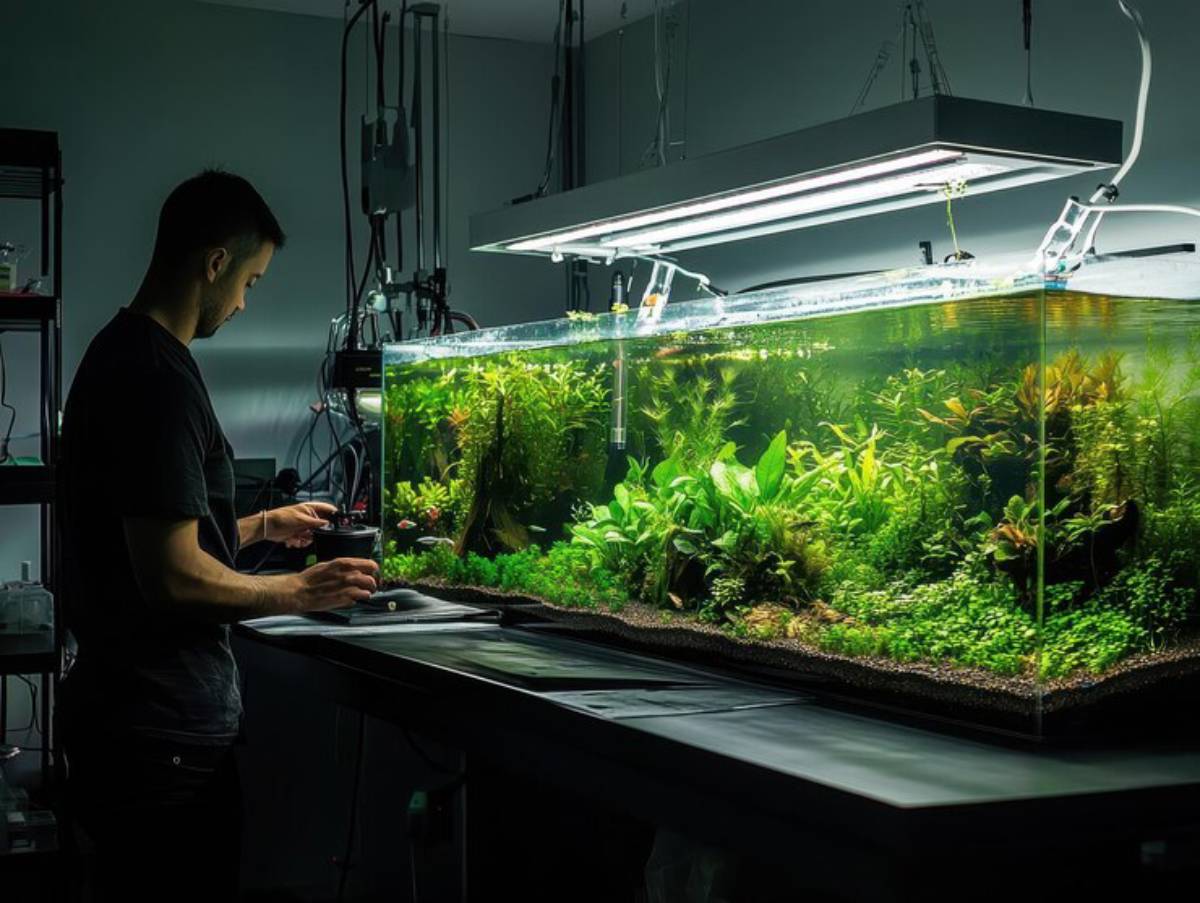
- Dechlorinated water
- Filter (already installed and running)
- Heater (for tropical setups)
- Ammonia source (fish food or bottled ammonia)
- Water test kit (liquid or strips)
- Thermometer
- Patience (3–6 weeks)
Step-by-Step Guide to Cycling Your Aquarium
There are two main methods fishless cycling (recommended) and fish-in cycling (higher risk).
Step 1: Set Up Your Tank Hardware
Before anything, get your tank up and running.
- Install the filter, heater, and lights
- Add substrate and décor
- Fill with dechlorinated water
- Let the equipment run for 24 hours to stabilise the temperature
Pro Tip: Use a dechlorinator even if your water looks clean — chlorine kills beneficial bacteria before they get started.
Step 2: Add an Ammonia Source
To simulate fish waste, you’ll need to “feed” the bacteria.
Fishless Cycling Options:
- Add bottled ammonia (pure, no surfactants or dyes)
- Drop in a small amount of fish food
- Use commercial bacterial starters like Tetra SafeStart or API Quick Start
Target 2–4 ppm of ammonia. Too little won’t feed the bacteria; too much can stall the cycle.
Step 3: Test the Water Regularly
From here, the cycle unfolds in stages.
- Days 1–7: Ammonia builds up
- Days 7–14: Nitrite appears
- Days 14–28: Nitrate begins rising, nitrite drops
- Cycle complete: Ammonia and nitrite = 0 ppm, Nitrate = present
Test every 2–3 days and record your results.
Secret Tip: Use a spreadsheet or app to chart your readings — seeing the trend helps you stay motivated.
Step 4: Add More Ammonia When Needed
As bacteria develop, they consume ammonia. Keep feeding them to sustain growth.
- If ammonia drops below 1 ppm, top it back to 2–3 ppm
- Maintain a stable temperature (around 24–26°C)
- Keep your filter running 24/7 — that’s where the bacteria live
Step 5: Confirm the Cycle is Complete
Your tank is ready when:
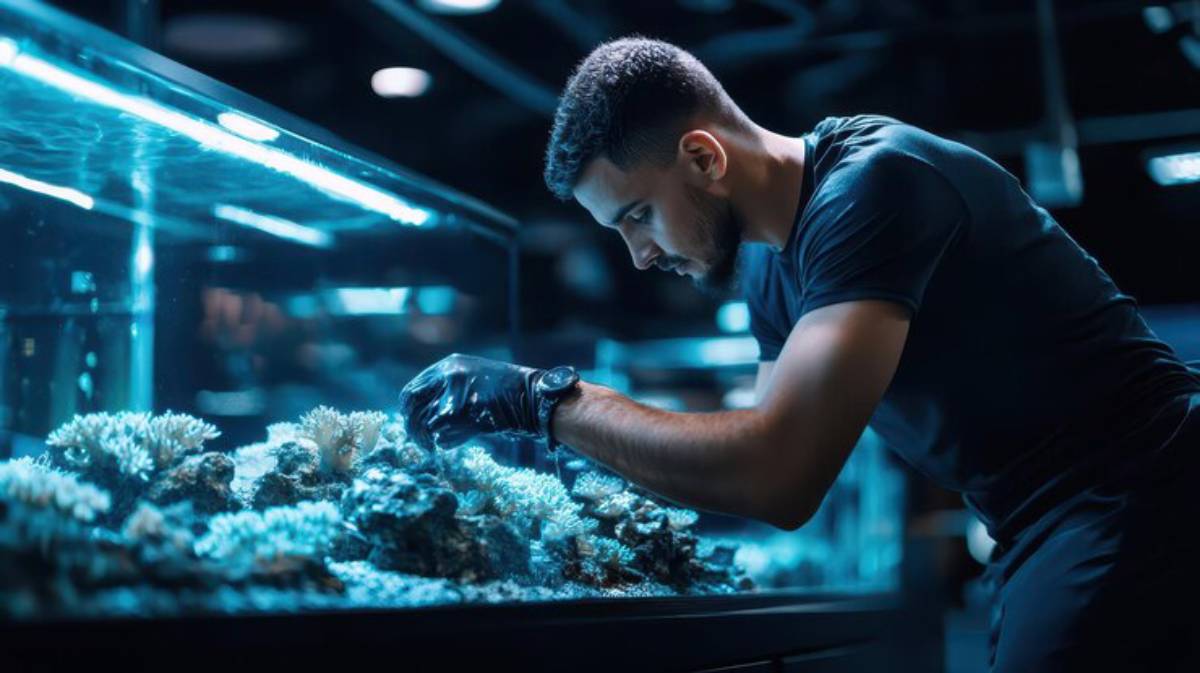
- You add ammonia to 2 ppm
- Within 24 hours, ammonia and nitrite drop to 0
- Nitrate is detectable (ideally 20–40 ppm)
Do a large water change (50%) before adding fish to bring down nitrate levels. Learn more in our dedicated post What is the Nitrogen Cycle and Why It Matters
Fish-In Cycling (If You Must)
Not ideal — but if you already added fish, go slow:
- Feed lightly to minimise waste
- Test daily
- Use water conditioners like Seachem Prime to detoxify ammonia
- Perform daily 25–50% water changes until the cycle completes
Warning: This method can cause permanent damage to fish gills and organs.
How Long Does It Take?
The full nitrogen cycle usually takes 3 to 6 weeks, depending on temperature, tank size, and bacteria availability.
To speed it up:
- Use established media from another tank
- Add bottled bacteria
- Keep water temperature stable
- Avoid turning off the filter
Best Practices During the Cycle
- Avoid cleaning the tank during the cycle. Let bacteria establish themselves.
- Be patient. Avoid shortcuts — biology takes time.
- Never rinse filter media in tap water. Use tank water to preserve bacteria.
- Keep the tank fish-free until ammonia and nitrite are 0.
After Cycling: Next Steps
Once your tank is fully cycled:
- Do a 50% water change to reduce nitrates
- Slowly introduce fish — start with 2–3 for small tanks
- Feed sparingly for the first week
- Monitor water parameters daily for the first two weeks after fish introduction
For décor layout and fish comfort, refer to arranging décor for fish safety and aesthetics.
FAQs: Cycling a New Aquarium
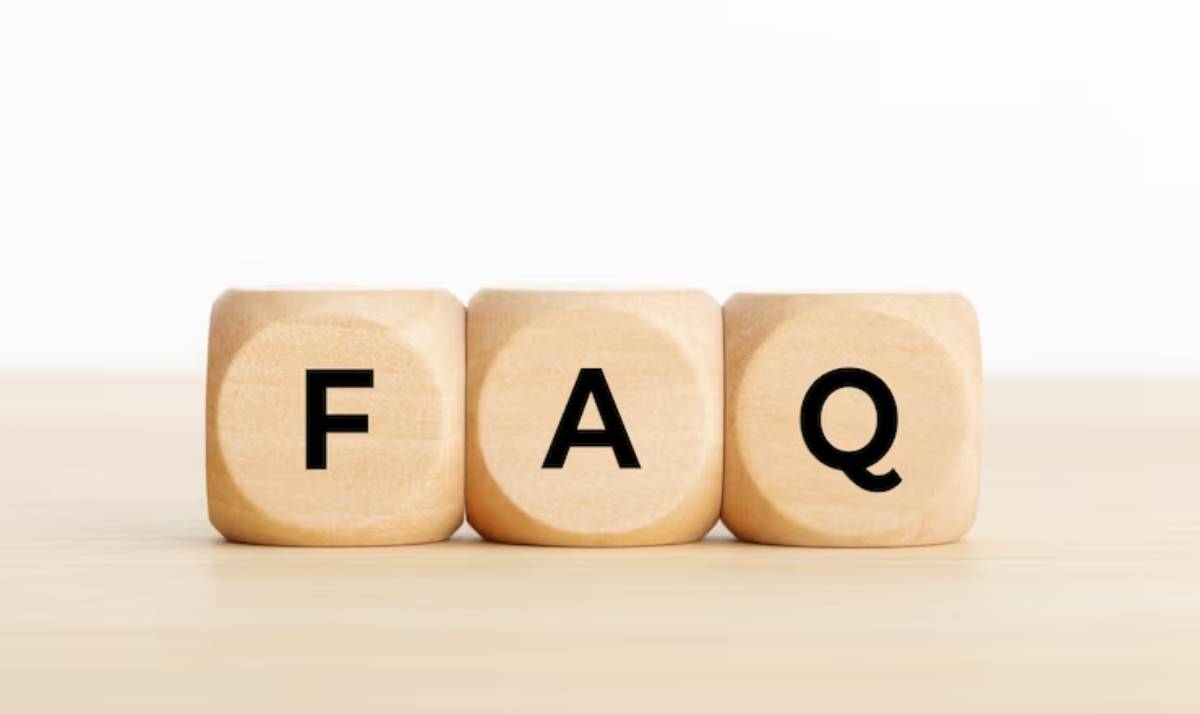
Can I cycle a tank with fish?
Yes, but it’s riskier and harder on the fish. Fishless cycling is safer and more humane.
Do plants help the cycling process?
Yes! Live plants absorb ammonia and nitrate, helping stabilise your cycle.
What if ammonia or nitrite levels stall?
Do a small water change (20–25%) and reduce ammonia input slightly. Test again in 48 hours.
Can I use water from a friend’s tank?
Yes, but the real bacteria live in filter media or gravel — ask for a bit of sponge or substrate instead.
Conclusion: Start Right, Stay Safe
Cycling a new aquarium isn’t the most exciting part of fishkeeping, but it’s the most critical. It lays the foundation for every fish, plant, and microbe that follows.
By following this guide, you’ll not only learn how to prepare your fish tank for long-term success, but you’ll also prevent early disasters and unnecessary stress.
Be patient, be thorough, and trust the process. The result? A healthy, stable aquarium that brings joy — not frustration.




